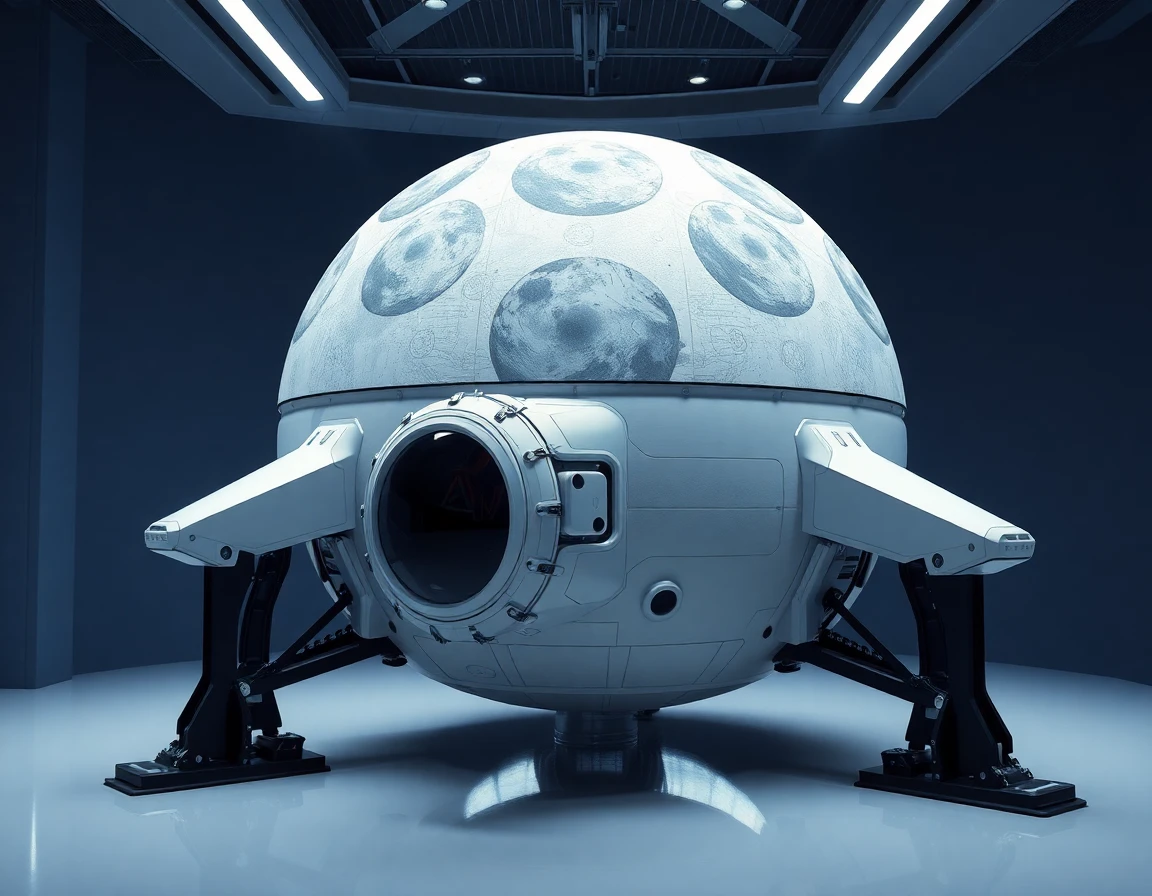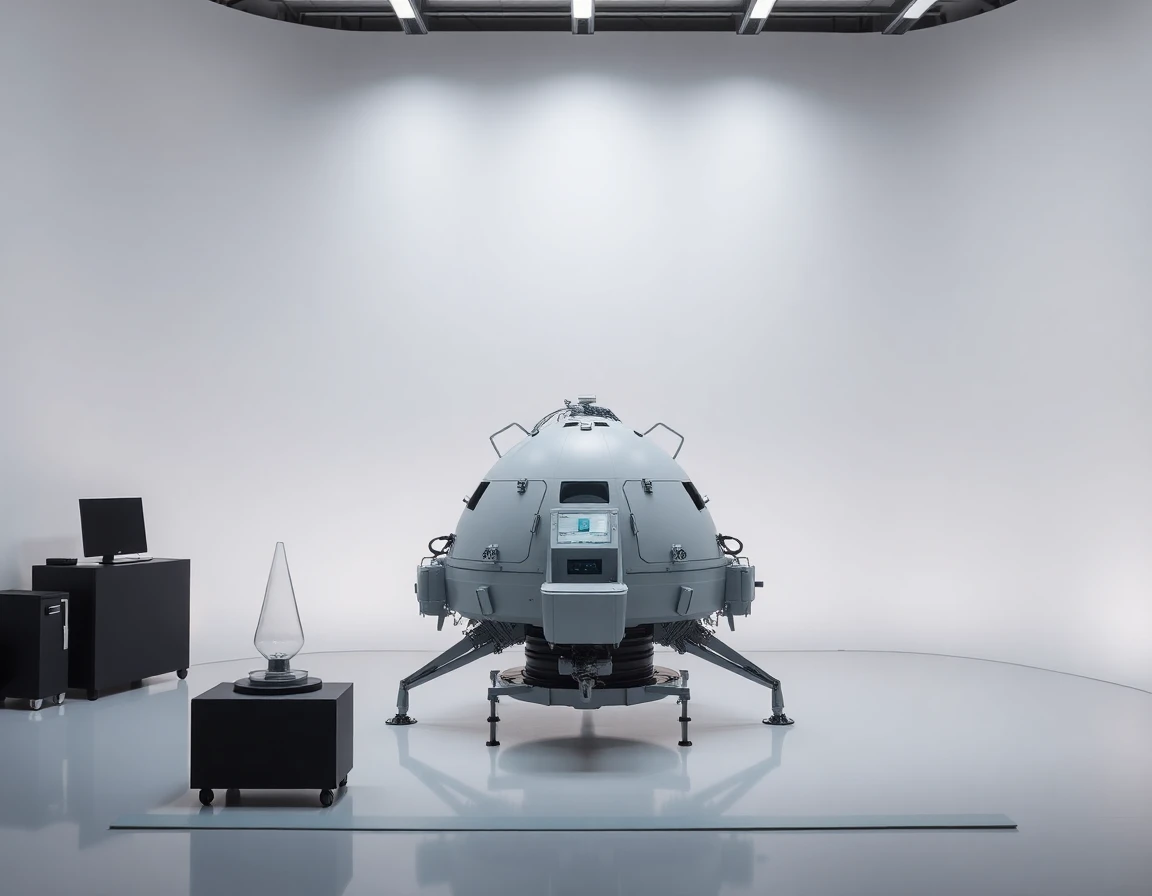NASA is poised to take a significant step forward in lunar exploration with its Artemis II mission, which aims to enhance lunar science operations and inform future missions. Scheduled for launch in 2024, this mission will be a critical component of NASA’s broader Artemis program, which seeks to establish a sustainable human presence on the Moon and eventually pave the way for crewed missions to Mars.
The Importance of Artemis II
Artemis II will serve as the first crewed mission of the Artemis program, following the uncrewed Artemis I mission, which successfully tested the Space Launch System (SLS) and the Orion spacecraft in late 2021. This upcoming mission will not only ferry astronauts around the Moon but will also gather vital data that will influence the design and operations of future lunar missions.
“The Artemis II mission is more than just a flight around the Moon; it’s a crucial step in understanding how we can sustain human life on the lunar surface and beyond,” said Dr. Jane Smith, a NASA aerospace engineer. “The data we collect will inform not only our lunar science operations but also our eventual missions to Mars.”
Advanced Spacecraft Technologies
One of the key focuses of Artemis II is the integration of advanced technologies that enhance spacecraft capabilities. For example, the mission will utilize thermal management systems to efficiently regulate the temperature of spacecraft components, ensuring optimal performance during the mission’s various stages. These systems are critical in protecting sensitive instruments and ensuring the comfort of astronauts aboard the Orion spacecraft.
Additionally, Artemis II will leverage cutting-edge gyroscopic instruments for navigation and stabilization purposes, which are essential when maneuvering in the unpredictable gravitational environment of the Moon. These instruments will ensure that the spacecraft remains oriented correctly, allowing for precise navigation and landing in future missions.
Scientific Objectives and Research Opportunities
The Artemis II mission will carry a diverse payload of scientific equipment designed to conduct a variety of experiments and studies. This includes research on lunar dust, which poses challenges for both human and robotic missions due to its abrasive properties. Understanding how lunar dust interacts with spacecraft materials will be vital for future landers and habitats.
Furthermore, the mission will involve testing new technologies that could be used in future lunar bases, including systems for resource utilization and habitat construction.
“The Artemis II mission will provide invaluable insights into the challenges of living and working on the Moon,” said Dr. Mark Turner, a lunar geologist. “The data gathered will help us refine our approach to lunar exploration and build a sustainable presence on our celestial neighbor.”
Future Impacts on Space Exploration
The implications of Artemis II extend far beyond the Moon. The technologies and insights gained from this mission will have a direct impact on future interplanetary missions, particularly those aimed at Mars. By testing life support systems and exploring in-situ resource utilization (ISRU) techniques on the Moon, NASA will be better prepared for the challenges of longer-duration missions to Mars.
As the Artemis program progresses, the collaboration with industry partners will also play a significant role. Companies are developing a range of new technologies to support lunar exploration, including advanced propulsion systems and autonomous robotics, which will be crucial for operating in harsh lunar conditions.
Conclusion
NASA’s Artemis II mission stands as a testament to the agency’s commitment to advancing human space exploration. By focusing on lunar science operations and integrating innovative spacecraft technologies, NASA is not only preparing for future missions to the Moon but also laying the groundwork for humanity’s journey to Mars. As we look towards the stars, the lessons learned from Artemis II will undoubtedly shape the future of space exploration for generations to come.
In summary, the Artemis II mission is a pivotal moment for NASA and the global space community. It underscores the importance of advanced technologies, such as thermal management systems and gyroscopic instruments, in ensuring the success of future spacecraft operations and human exploration of the cosmos.



